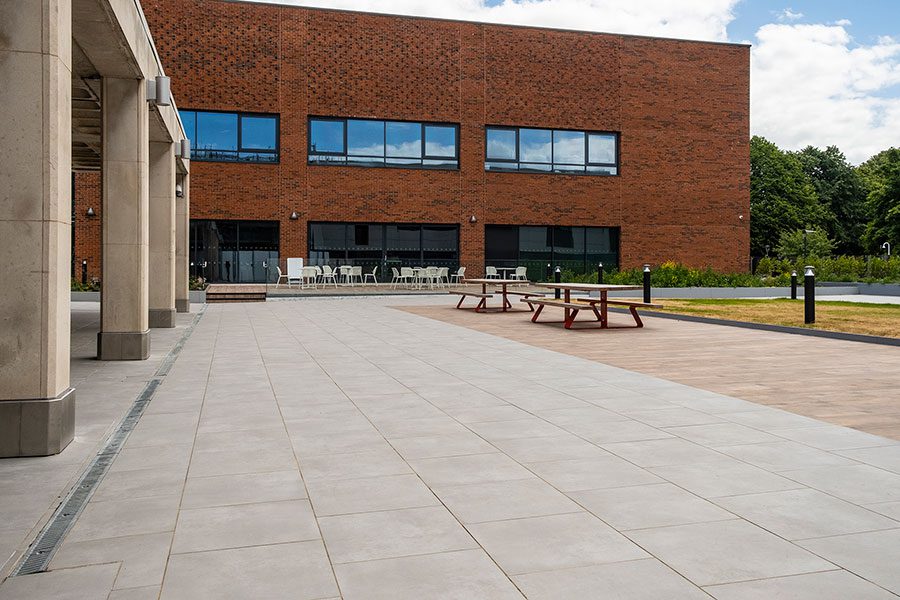Every aspect of construction uses industry certifications and standards. They are an inescapable and essential part of modern construction. However, they are not always easy to get a handle on. Let us look at which certifications you should look out for, why they matter, how they de-risk a project, and contribute to sustainability and safety.
Why do industry certifications matter?
To start with, certifications determine whether a construction complies with relevant building regulations and legislation. For instance, fire regulations dictate the use of non-combustible materials in cladding, external walls, and any external structures on residential buildings above 11 metres. Non-combustibility standards are a way of ensuring constructors meet these criteria.
However, certifications also allow project managers and specifiers to look to the future and protect their assets, their professional reputation and brand. In the context of the environmental crisis and the UK government’s Net Zero pledge, environmental standards and certifications provide a framework in which construction specialists can manage the transition to more sustainable and eco-friendly building practices, processes and materials.
We explore how certifications help us deliver safer, more sustainable construction projects later in the article, but let us start with the core construction certifications currently in use.


What certifications to look out for?
A remarkable range of certifications and standards govern construction materials and processes. Below are some of the most important and influential certifications.
ISO Certifications
ISO (International Organization for Standardization) is an independent, non-governmental organisation consisting of 169 national standards bodies. It is responsible for establishing globally recognised standards for materials, processes, and services. ISO standards are prevalent across all industries. However, they are particularly common throughout the construction sector.
For instance, ISO 9001 relates to quality management and is regularly used by construction companies to assure customers of their processes. Similarly, ISO 14001 focuses on environmental management systems and demonstrates an organisation’s commitment to environmental sustainability.
Environmental standards
While ISO 14011 is one of the most recognised environmental standards, there are a host of other influential environmental certifications. LEED (Leadership in Energy and Environmental Design) is a US-based certification recognised around the world. It assesses a project’s sustainability by examining energy efficiency, water use, materials, and overall environmental impact.
In the UK, BREEAM (Building Research Establishment Environmental Assessment Method) is a popular alternative. It provides certifications based on similar criteria as LEED.
The EPD Certification is a type-III environmental declaration based on a Life Cycle Assessment (LCA) and the ISO 14025 standard. This means the certification takes in the entire life cycle of a product, from material extraction and sourcing to its end life and disposal. The EPD provides a comprehensive picture of a product’s environmental impact, allowing people to compare similar products. However, just because a product has an EPD, it does not mean it is more environmentally friendly than one that doesn’t.
Energy standards
The most common energy standard is the Energy Performance Certificate (EPC). It uses a red-amber-green traffic light system to measure how energy efficient a building is. The scale runs from A to G, with the A being the most energy efficient (corresponding with green on the traffic light system) and G the most inefficient (red on the traffic light scale).
This system is replicated for electrical appliances and similar products, allowing for easy comparisons between products and ensuring energy efficiency is at the forefront of buyers’ minds when making a purchase.
The EPC considers a wide variety of factors, including the performance of walls, roofing, and flooring, as well as heating and lighting systems. This makes it a relatively comprehensive assessment.
EPC is the most widely used measurement of energy efficiency in construction and underpins the UK government’s regulation and legislation: worth noting that the UK wants to raise the minimum EPC rating for commercial properties to C by April 2027 and to B by 2030.
EPDs and EPCs may serve different purposes, but they both contribute to the broader goal of promoting sustainability and energy efficiency. In fact, the information on energy efficiency or environmental performance of a specific product should be taken into consideration during the specification stage as this may indirectly impact the overall energy performance of the building, its EPC rating, and most importantly whether it remains safe and compliant throughout its lifecycle.
Fire safety performance
In the wake of the Grenfell fire, fire safety regulations have undergone significant changes, and many construction managers and property owners are having to bring their projects and assets into line with new legislation. As such, many specifiers working on remediation projects look for products with relevant fire safety performance certifications.
Historically, the BS 476 fire safety standard was the most visible fire certification. However, that has now been supplanted by the BS EN 13501 certification. The EN 13823 and ISO 11925 Ignitability fire resistance tests are also widely used. The BS EN 13501 categorises materials into one of seven classes based on results from the EN 13823 and ISO 11925 tests. The classes range from A1 (non-combustible materials with the highest level of fire resistance) to F (materials with the highest level of combustibility). For more information refer to our article on the Fire Classification System.
National standards
In the UK, specifiers will be acquainted with BS (British Standards) certifications. These are set by the BSI (British Standards Institute) and cover various materials and processes. In many cases, national standards are being merged or brought in line with European standards. With this in mind, it is also a good idea to look out for CE markings. These are attached to products sold in the European Economic Area (EEA) and verify that products meet relevant EU standards.
European standards
The CE certification is arguably the most common and easily recognised European standard. You will find the CE marking on many products sold in European markets, as the EU requires companies to obtain the CE certification for certain goods. The certification indicates that a product meets EU safety, health and environmental protection requirements and has been assessed by the manufacturer or, in some cases, a notified body.
Material-specific certifications
Depending on the project, specifiers may have experience with material-specific certifications, too. For instance, timber is accredited by the FSC (Forest Stewardship Council). FSC certification guarantees the wood comes from a responsibly managed forest that promotes sustainable and ethical sourcing.
Performance certifications
There are a whole host of performance certifications that help specifiers make an informed decision about available products. These vary significantly depending on the type of product and what qualities are relevant to its performance.
For instance, RYNO® decking and terracing solutions are often put through the BS 7976-2 Pendulum Test and BS EN 16165 standards for slip resistance. These measure the safety of flooring surfaces in regards to slipping and the amount of friction they generate.
Manufacturer and supplier certifications
Finally, specifiers should also be aware of manufacturer and supplier certifications. While not recognised by other organisations, these certifications make it easier to identify appropriate products and their performance benefits.
For instance, the RYNO INGO® certification is attached to the company’s range of non-combustible products. It ensures specifiers know that any product with the IGNO certification complies with (or often exceeds) current building and fire safety regulations.


How do construction certifications enhance safety and sustainability?
Certifications promote greater sustainability and safety by utilising a ‘carrot-and-stick’ method. They offer incentives to manufacturers and suppliers by making compliance more visible. For instance, specifiers and construction specialists interested in sustainability can seek out brands whose products feature relevant accreditations. On the other hand, certifications can also be used in a punitive sense. If a product or process does not meet the necessary standards, companies can be punished financially.
Below, we explore several ways construction certifications enhance safety and sustainability in greater depth.
Promoting sustainable and safe practices
Without environmental and safety certifications, there would be no best practices to work towards. In this sense, they are essential to promoting safer and more sustainable practices. Certifications and industry standards give us something to work towards.
Setting standards
At the same time, certifications establish the minimum requirements for construction. They are an essential component in the regulatory systems that ensure projects are in line and compliant with regulations and legislation.
Incentivising innovation
Certifications incentivise innovation by making it more visible, raising public awareness and enhancing brands’ reputations. In this sense, they also facilitate market differentiation, allowing companies to distinguish themselves from the competition by developing higher-spec products and processes.
Driving client demand
Finally, construction certifications and standards influence clients who desire an eco-friendly design. As a growing number of clients turn to construction partners that can deliver sustainable solutions, certifications are a way for those partners to quickly and easily highlight their credentials.
RYNO’s innovative, safe and sustainable solutions
At RYNO, we are committed to developing innovative construction products, solutions and systems that meet and often exceed current building regulations. From our non-combustible IGNO range and our Class A1 Fire-Rated Vitrified Composite™, to our sustainable porcelain paving, we ensure our products are fully certified and deliver excellent value to specifiers, project managers and clients. To learn more about our solutions, reach out to the experienced RYNO team today.





